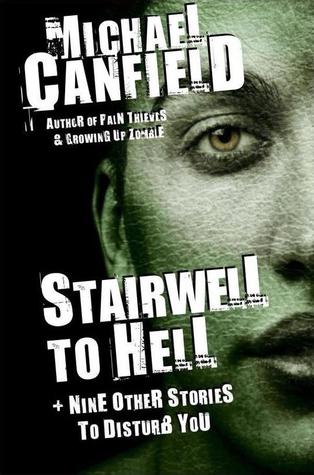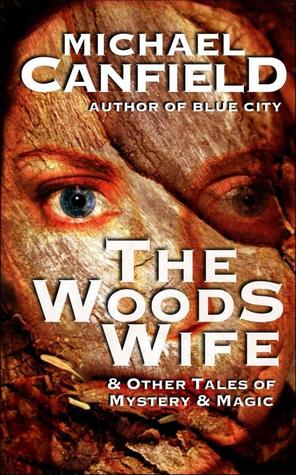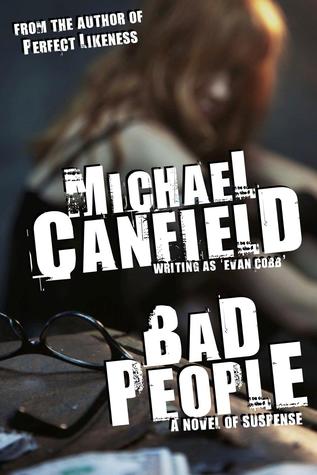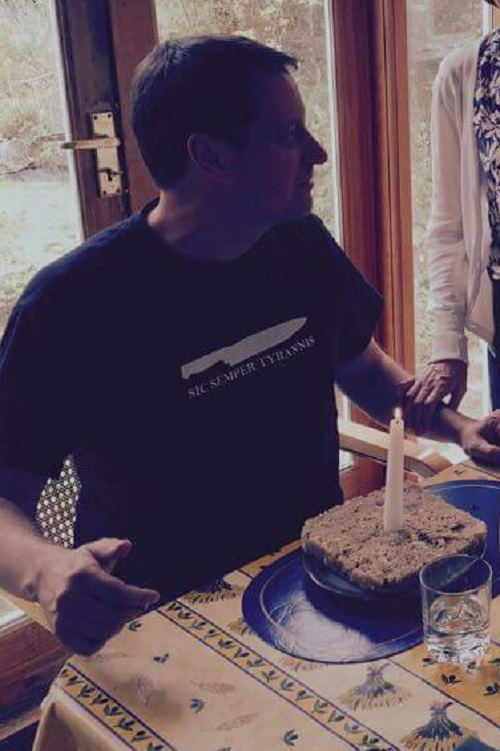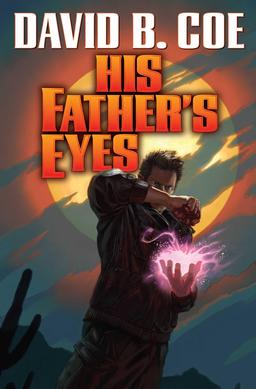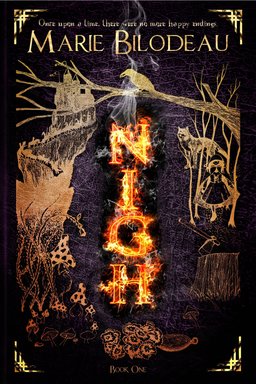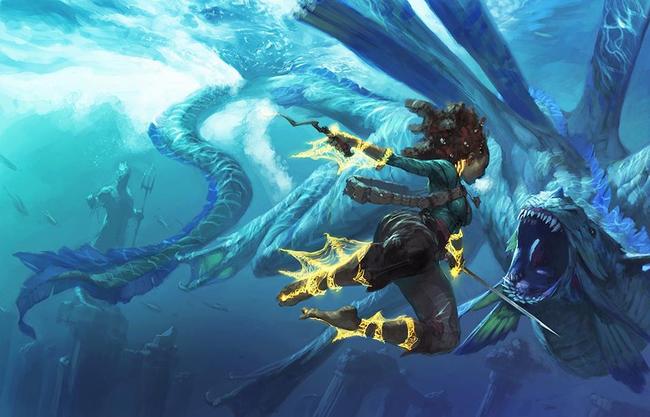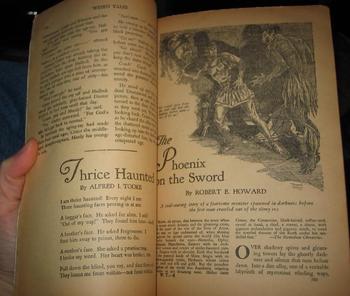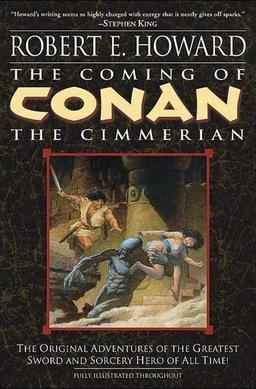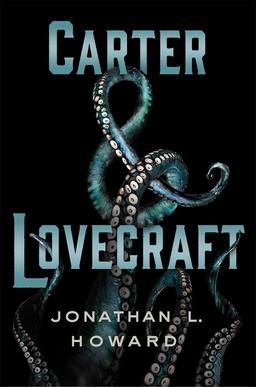Discovering Robert E. Howard: Howard Andrew Jones and Bill Ward Re-Read “The Tower of the Elephant”
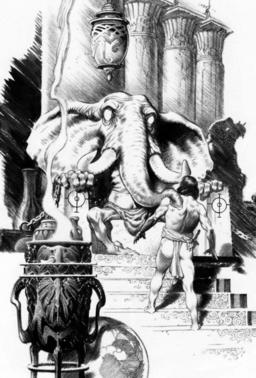
Over at Howard Andrew Jones’ blog, Bill Ward and Howard Andrew Jones continue their re-read of the first Del Rey Conan volume, The Coming of Conan, with the classic “The Tower of the Elephant,” originally published in the March 1933 issue of Weird Tales.
Howard: THIS is Robert E. Howard at his absolute best, in complete control of his narrative, knowing his character better than his closest friend. His Hyborian history article was written just prior to his penning of “The Tower of the Elephant,” which makes sense, because he knows the history and societies so well that he casually mentions cultures in such a way we can usually intuit what he’s talking about…
Bill: Here Conan is a “gray wolf among gutter rats,” to paraphrase just one of the great lines in the opener. From the first paragraph of this section that paints a vivid picture of The Maul, the thieves district of Zamora where the guards have been bribed with “stained coins” to leave the criminals alone, all the way to the conclusion… I think this opener, and this story in general, is one of the best introductions to Conan, and probably the one I would hand a novice that was interested in seeing what all the fuss is about…
Howard: And damn, there are giant spider fights, and then there’s the fight with the thing in the top room of the tower. The only giant spider fight I’ve read that’s on the same level is the one from the first Bard book by Keith Taylor. You can see this monster and its dripping venom, so virulent that it scars Conan for life… It’s just incredibly well written, so much so that even after reading this story multiple times I still find it thrilling. And unsettling.
Read the complete exchange here.
